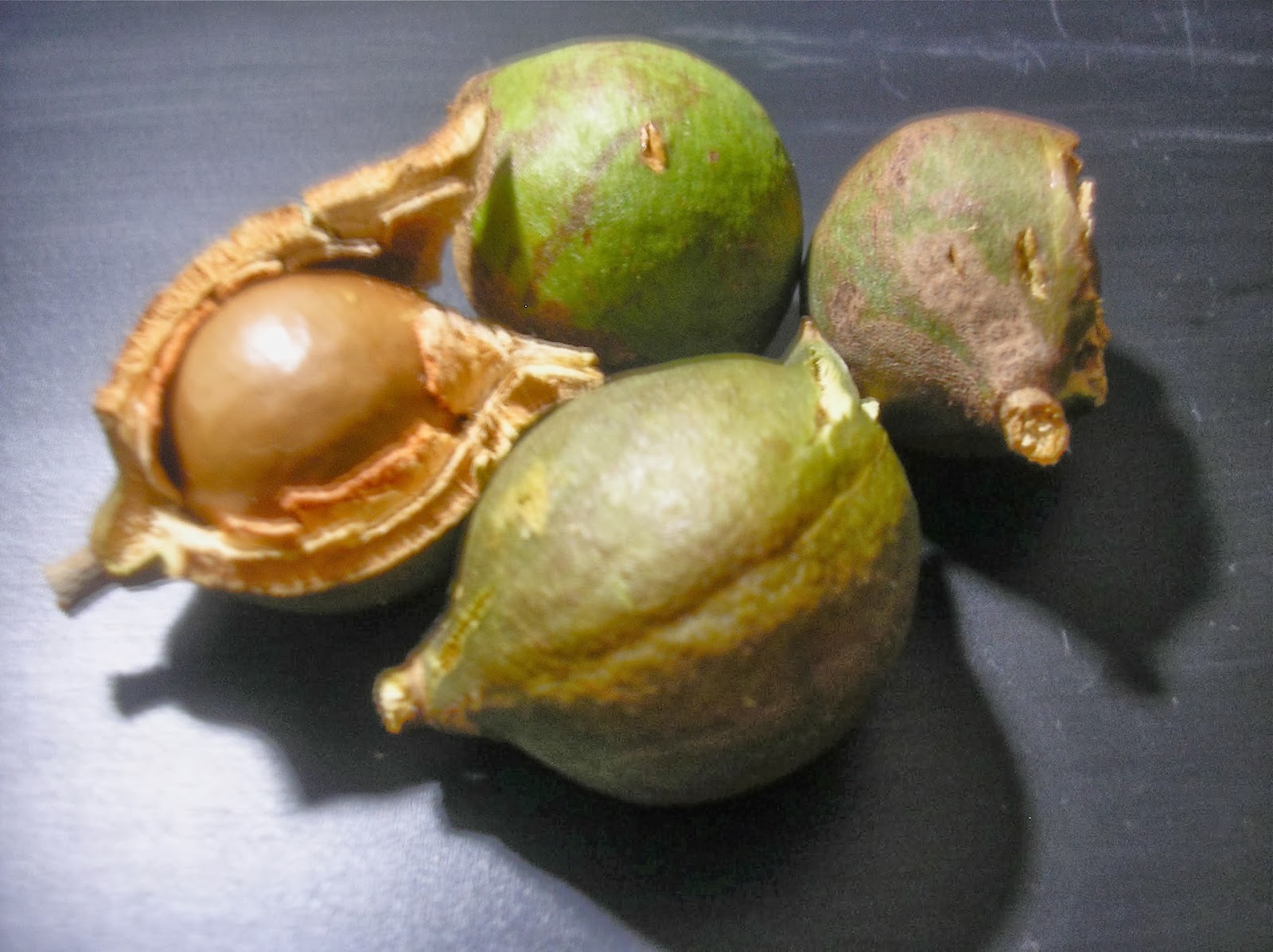COURSE 1- To make the chilled pea soup I first placed sweet peas, sprigs of common mint and ginger mint with a few chunks of triple smoked ham into a saucepan with water and brought to a simmer until the peas were tender. I then strained the peas removing the ham and placed the peas and mint into a blender with a little of the cooking liquid. This was blended to a smooth pourable consistency and seasoning was added, the soup was then placed into the fridge to chill. To serve I poured the chilled soup into a shot glass and topped the soup with a small dollop of creme fraiche, a wild rocket flower and fennel frond.
COURSE 2- The edible sand was made by mixing together panko crumb, ground ikan bilis, seaweed, fried onions, black salt, sea salt and panela in a bowl with some olive oil and nakame shiro miso paste. The pipi was poached in champaign, shallots and thyme sprigs in a small saucepan over a medium heat until the shell opened. The meat was then carefully prised from its shell before being served. To smoke the the prawn I first peeled, de-headed and de-veined the prawn. The prawn was then cold smoked with hickory chips for around 4-5 minutes until it became opaque and beginning to take on a caramelisation, its important not to over cook, the prawn must still have moisture or it becomes tough and chewy. The prawn was then placed into olive oil with lemon juice, crushed garlic and chopped italian parsley. The baby octopus were first washed and cleaned then placed into a marinating dish along with balsamic vinegar, minced garlic and chillies, oregano and parsley together with a little olive oil and this was covered and refrigerated overnight. The battered whitebait is simply whitebait fish washed and drained and rolled in seasoned flour before being shallow fried to golden and removed on to paper towel to drain. These were then seasoned with salt before being served. The crumbed soft shell claw came store bought and was oven baked to golden before being plated. The dish was garnished with fresh french tarragon and looking back now needs a sauce to accompany.
COURSE 3- To make the labna which is a greek cheese made from yoghurt I simply hung some greek yoghurt, crushed blueberries and a little salt in a cheese cloth wrap in the fridge for 3-4 days with a bowl placed to capture the whey drain off. The cheese was then ready to be used vibrant purple in colour, this could then be rolled into balls and placed in a jar of olive oil and sealed for later use if you chose to. The raspberry gelato was made by heating equal parts milk and cream to the boil, this was then removed from the heat. In a bowl I beat egg yolks and sugar to pale creamy consistency to this I added one third of the milk and cream mixing to incorporate this was then added back to the rest of the milk and cream and on a low to medium heat while stirring, was cooked until the custard coated the back of my spoon. The mix was then removed from the heat and allowed to cool, in the meanwhile I blended raspberries to a puree and added this to the cooling custard, this was then poured into a metal container and placed in the freezer for 10-12 hours, stirring with a fork every 2-3 hours. The tuile was made by first mixing up a batter made from sugar, egg whites, melted butter, flour and a vanilla extract. This was placed into the fridge for 4-5 hours before being spread with a silicon spatula on to a baking paper lined flat tray and placed into a 170 deg.c. oven for around 8-9 minutes, the tuile was removed just as it started to take colour. Working fast I placed the disc over a rolling pin to achieve the taco shape of the tuile. After about 30-40 seconds of being out of the oven the tuile hardens and remains that shape. The purple yam crumbs were made by grating purple yam and placing spread out onto lined trays and placed in a 75 deg.c. oven for around an hour. The crumbs are then removed and allowed to cool. This course was garnished with a pink tropical micro edible orchid from my garden.



















































